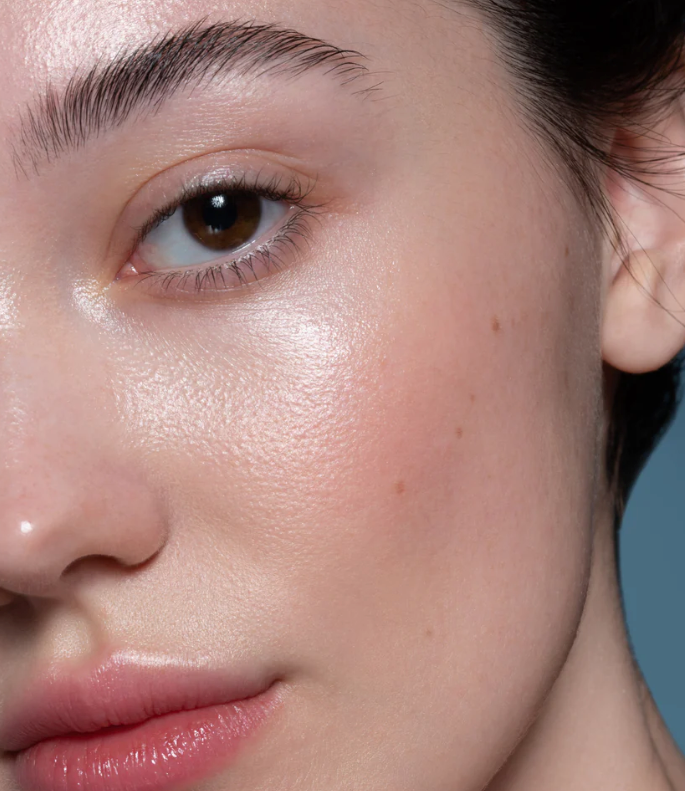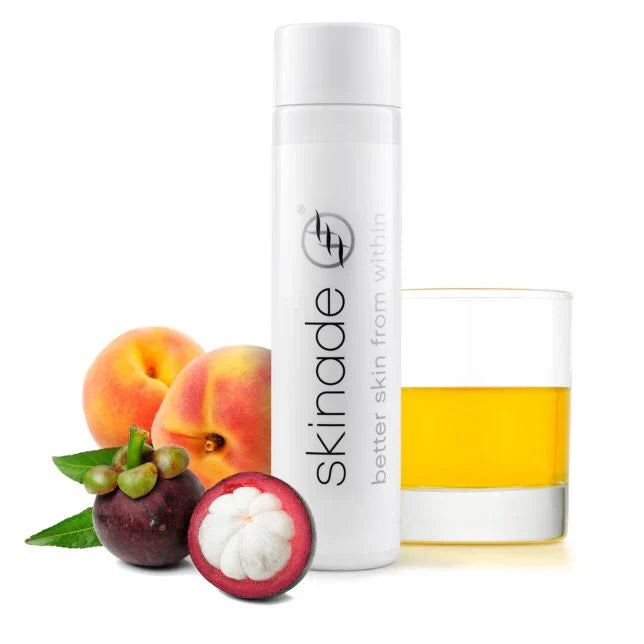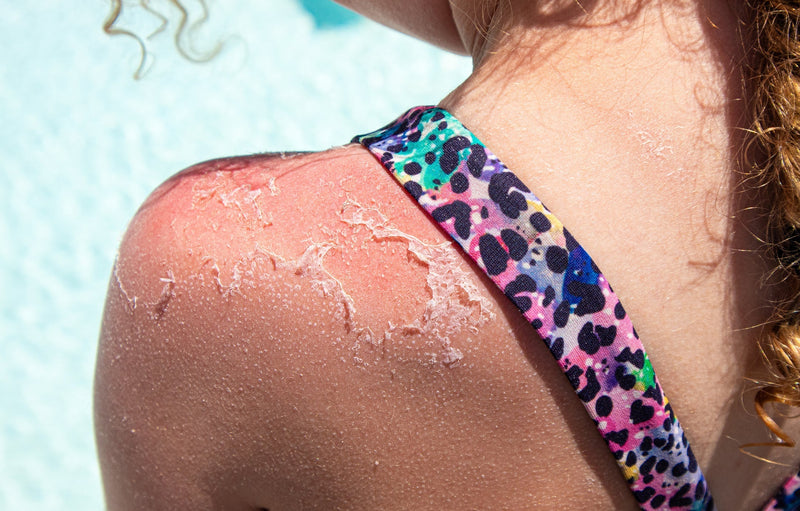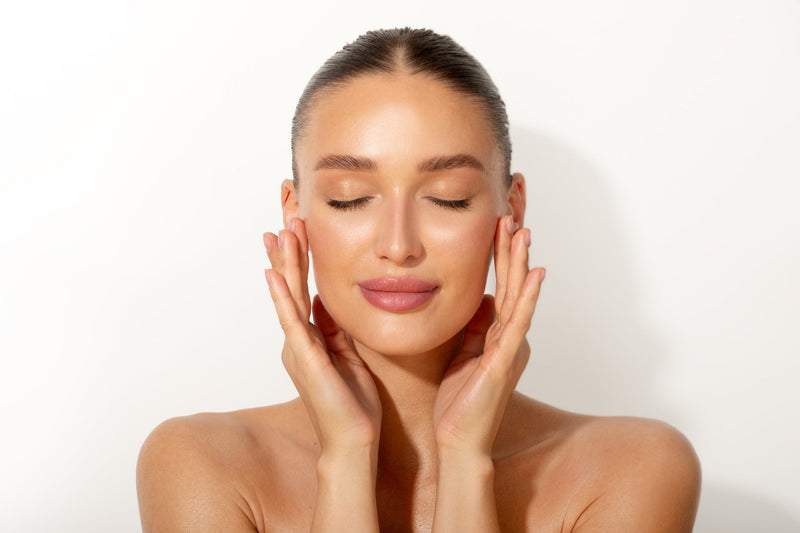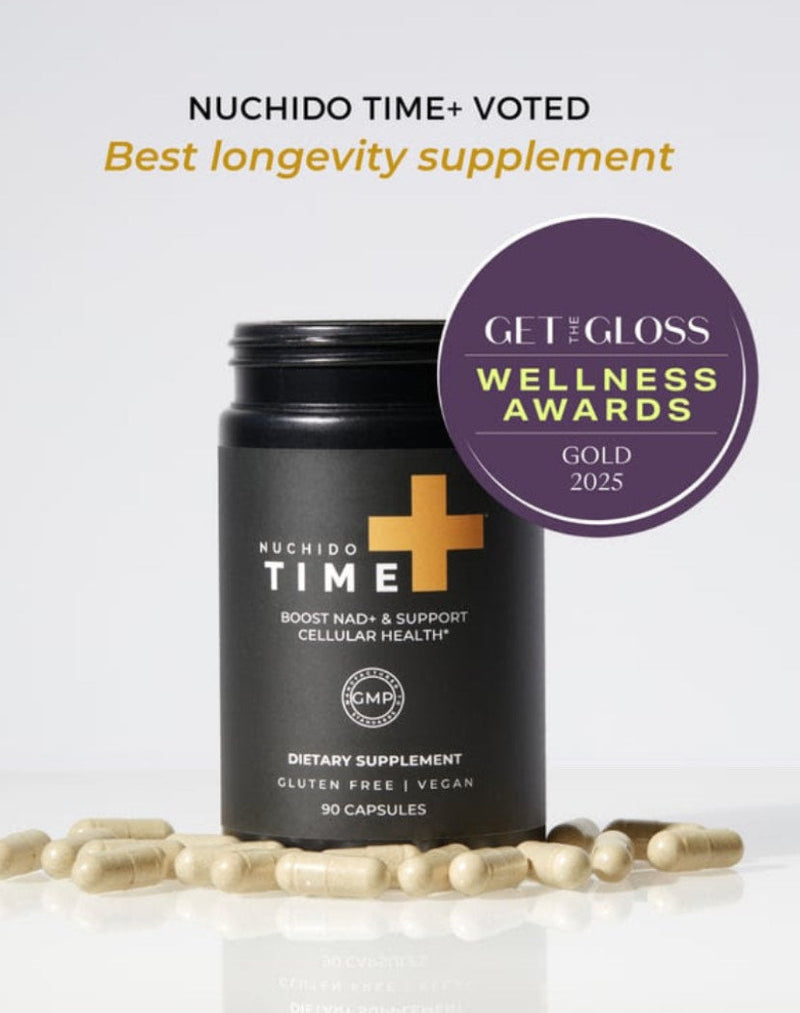Rosacea is a chronic skin condition that causes redness, visible blood vessels, and sometimes bumps or irritation — most often across the cheeks, nose, and chin. It can also affect the eyes (ocular rosacea).
While it can be frustrating, treatment options today are highly effective, and with the right care and guidance, there’s no reason to simply “live with it.”
What Is Happening Beneath the Surface
Rosacea involves a combination of:
-
Vascular hyperreactivity: tiny blood vessels dilate easily, leading to persistent redness and flushing.
-
Inflammatory over-response: the immune system becomes overly active, releasing inflammatory mediators.
-
Barrier disruption: the skin loses moisture and protection, making it more sensitive.
-
Microbial imbalance: overgrowth of Demodex mites and bacteria can trigger immune reactions.
All of these create a cycle of redness, burning, and sensitivity that can worsen with certain triggers.
Possible Contributing Factors
-
Genetics (family tendency toward sensitive, reactive skin)
-
Gut imbalances and food sensitivities
-
Hormonal changes (especially menopause)
-
Sun and UV exposure
-
Stress and nervous system activation
-
Environmental triggers (heat, cold, wind, alcohol, spicy foods)
-
Compromised skin barrier
Diet and Lifestyle Support
Rosacea often reflects inflammation both on and beneath the skin. Nutrition can help calm that system-wide inflammation.
Supportive habits:
-
Eat anti-inflammatory foods: oily fish, olive oil, leafy greens, berries, turmeric, and green tea.
-
Support gut health: include prebiotics (onions, garlic, leeks, oats) and probiotics (fermented foods).
-
Limit alcohol, spicy foods, and hot drinks if they trigger flushing.
-
Keep blood sugar balanced — large glucose spikes can increase vascular dilation.
-
Manage stress: breathing exercises, yoga, walking, journaling, or meditation help stabilize the nervous system.
-
Prioritize quality sleep — it regulates cortisol and immune balance.
For deeper functional nutrition insights, consider booking a consultation with Edelle O’Doherty, who specialises in skin–gut–hormone connections.
Skincare Approach
The foundation of treatment is restoring and maintaining the skin barrier.
Keep it simple:
-
Cleanser: Gentle, non-foaming, fragrance-free.
-
Moisturizer: Barrier-repairing (ceramides, niacinamide, squalane, panthenol).
-
Sunscreen: Daily mineral SPF (zinc oxide or titanium dioxide).
Helpful ingredients:
-
Azelaic acid (reduces redness and bacteria)
-
Niacinamide (barrier repair + calming)
-
Green tea extract (anti-inflammatory)
-
Allantoin, oat extract, or panthenol (soothing)
Avoid:
-
Alcohol, menthol, witch hazel, and fragrance
-
Over-exfoliation or high-strength actives
Advanced Treatments
Modern rosacea treatments have advanced significantly — there’s no need to tolerate persistent redness or discomfort.
Medical options (prescribed by your dermatologist):
-
Topicals: ivermectin, azelaic acid, brimonidine (for redness), metronidazole.
-
Oral: low-dose doxycycline (anti-inflammatory, not antibiotic dose).
-
Ocular rosacea: lid hygiene, oral antibiotics, warm compresses.
Clinic treatments:
-
IPL (Intense Pulsed Light): targets visible vessels and redness.
-
Laser therapy: especially for persistent flushing or broken capillaries.
-
Barrier-focused facials: soothing, anti-inflammatory, and hydration-based (not aggressive exfoliation).
When to See a Dermatologist
-
Persistent redness that doesn’t fade
-
Eye irritation or dryness
-
Thickening or swelling of facial skin
-
Burning, stinging, or flushing that disrupts daily life
The Takeaway
Rosacea isn’t just surface redness — it’s a sign of deeper inflammation and barrier imbalance. With gentle consistency, medical support, and a nutrition-based approach, your skin can return to calm and balance.
You don’t have to tolerate rosacea anymore.
Treatment has come a long way, and when skin and system are both supported, recovery is realistic and lasting.


























